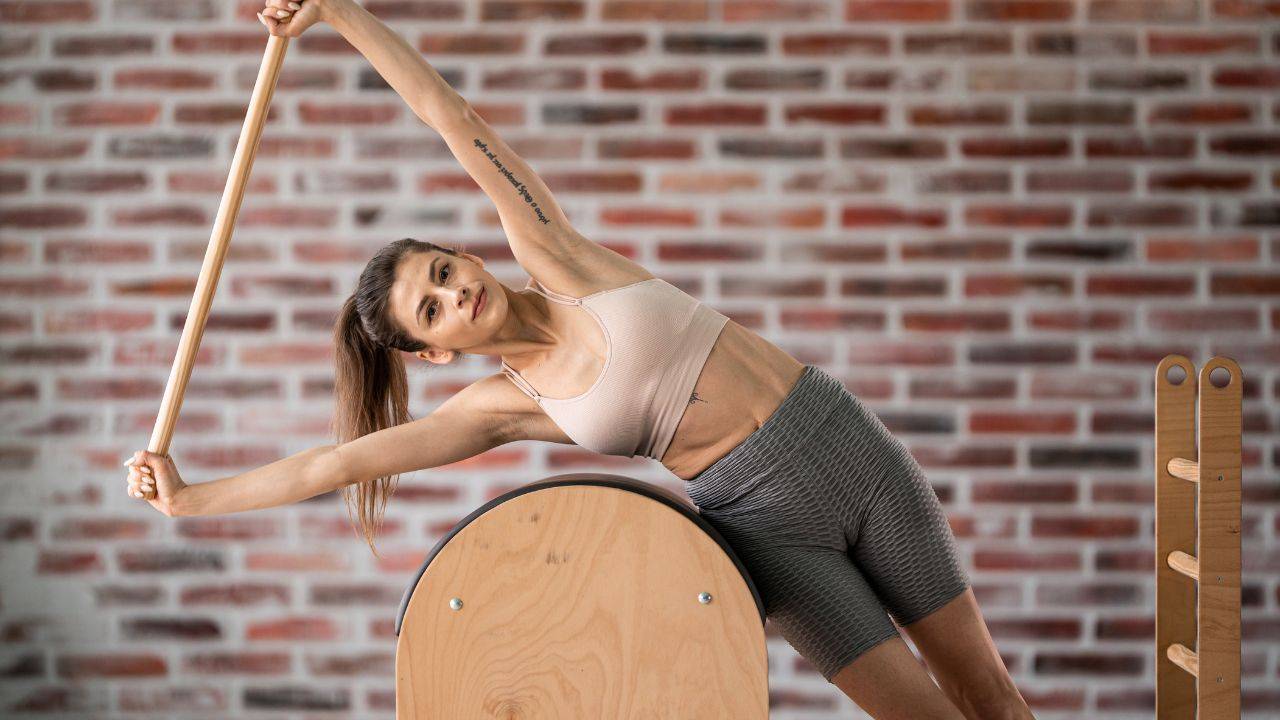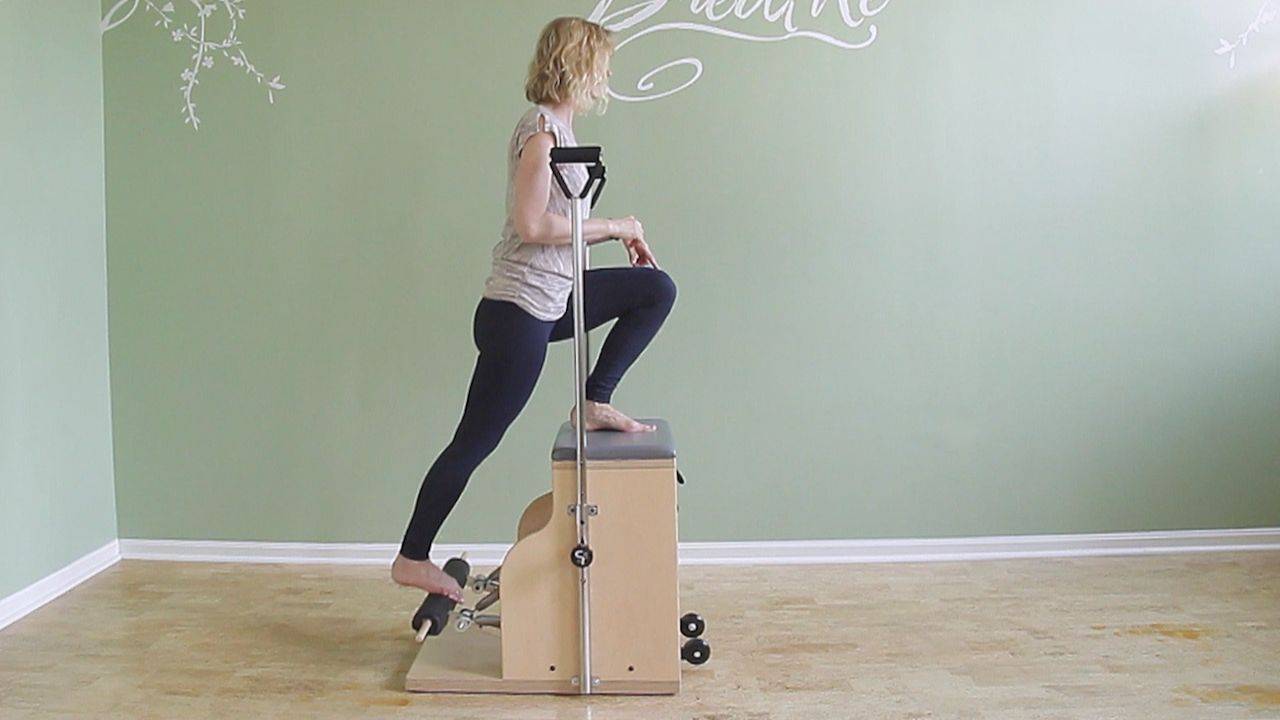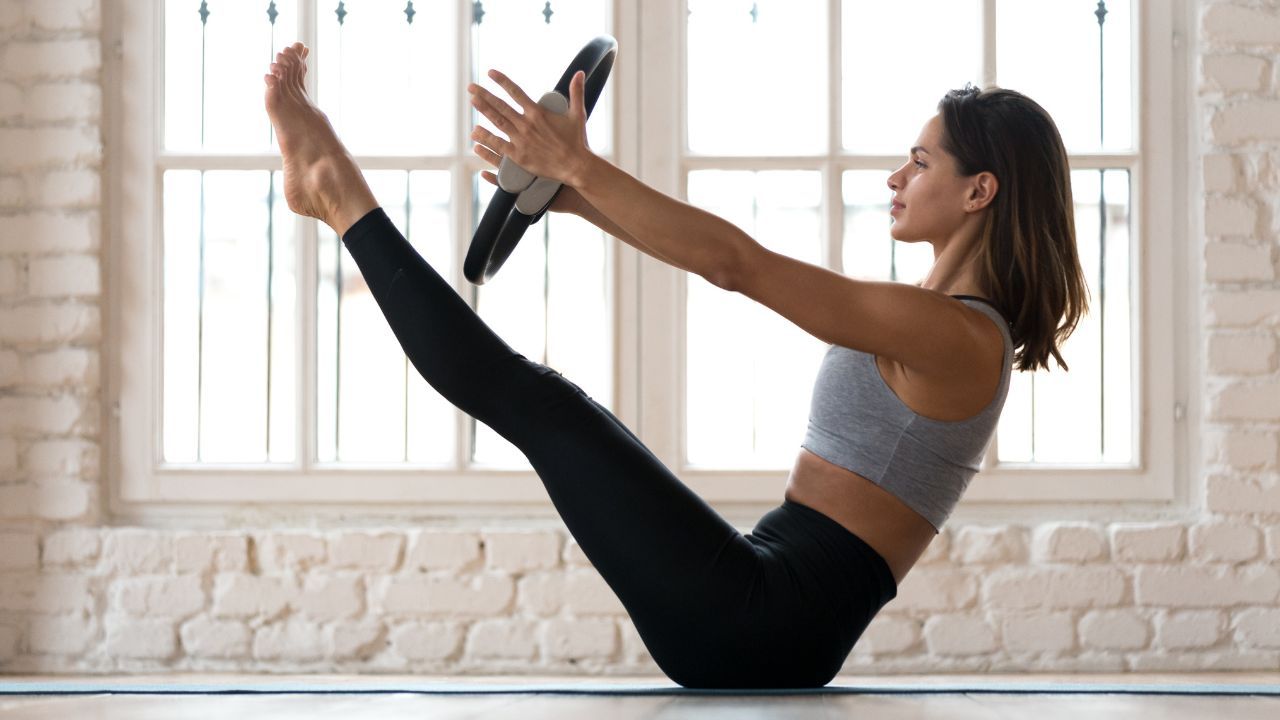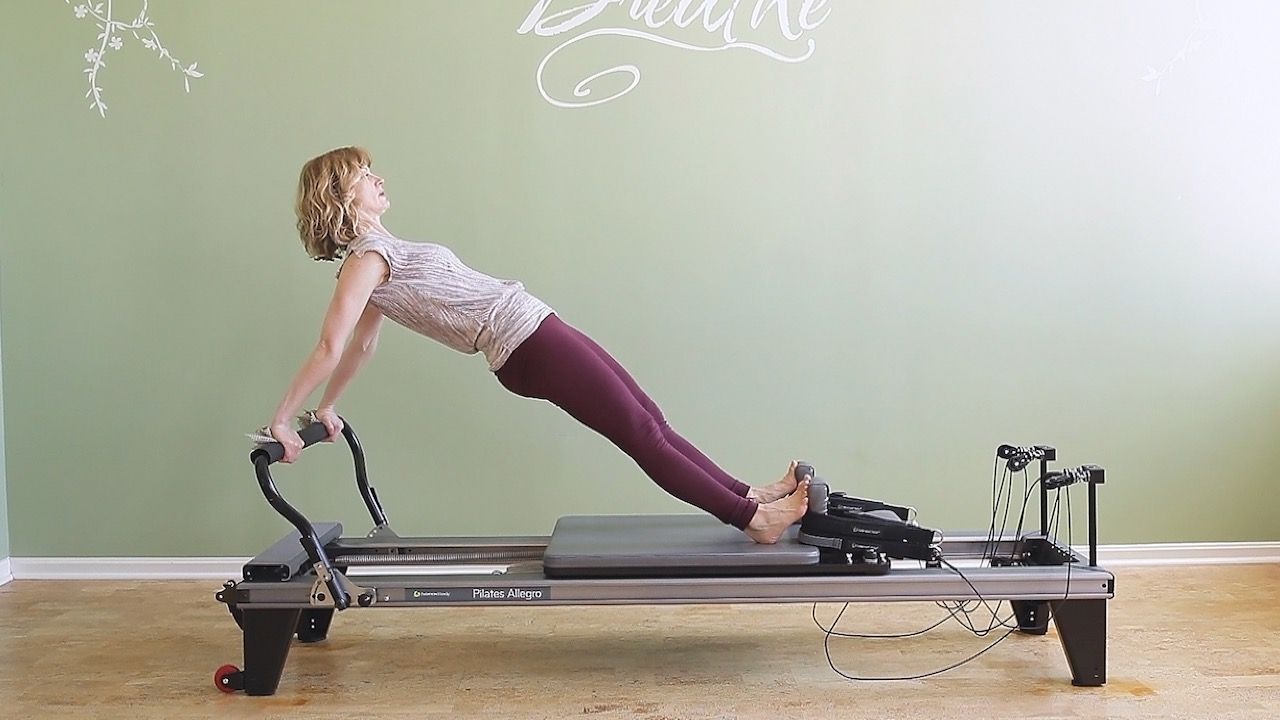What is Pilates?
Jul 19, 2023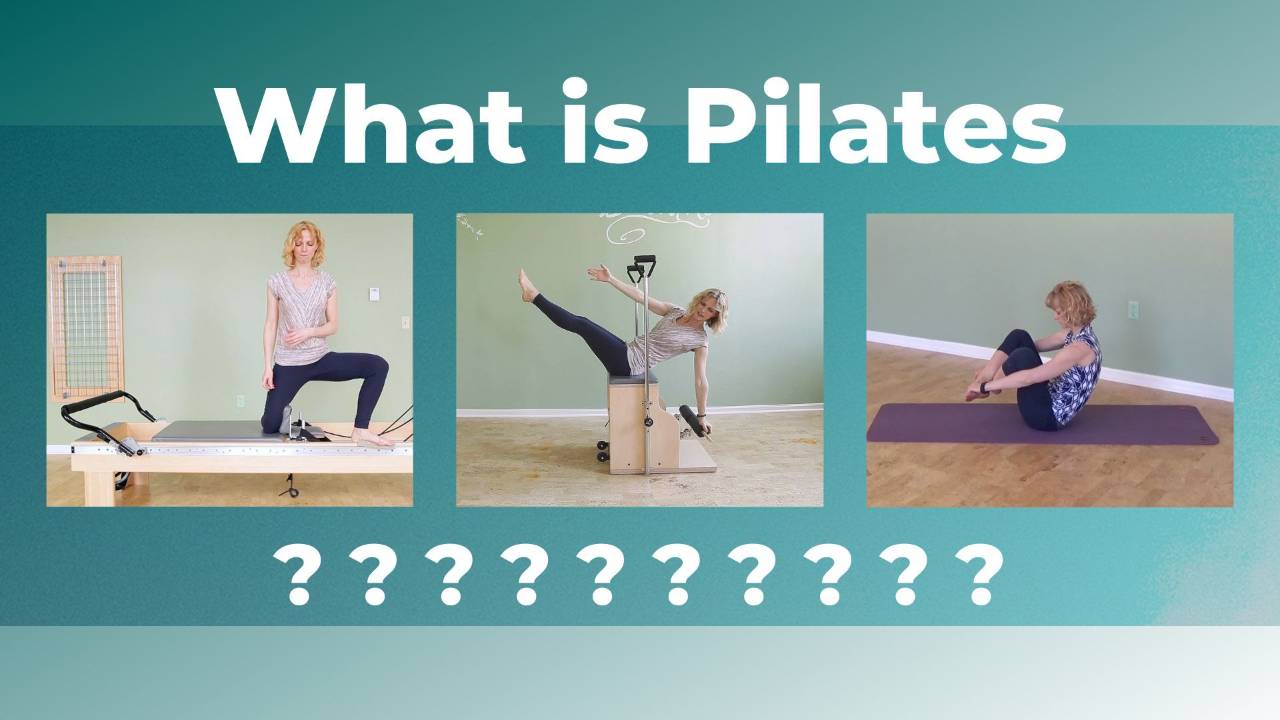
With Pilates growing in popularity, we’ve seen not only the amount of Pilates studios and virtual classes increasing but also the Pilates method taking on different forms.
In this post, I’ll try to define Pilates by taking a quick look at its history and influences as well as juxtaposing it with other fitness modalities.
Over the past 50+ years since Joseph Pilates passed away, things have not been stagnant in the Pilates industry. As new styles of Pilates pop up everywhere, the current trend moves away from one-to-one programming to group classes of more than a dozen students. Businesses are trying to differentiate themselves by trademarking their “method” or brand: Club Pilates, Natural Pilates, Megaformer, etc. etc.
Some of these styles have developed through an invention or a brand of equipment (i.e. megaformer), others through a chain of studios with an included training school (i.e. Natural Pilates, Studio Pilates, Club Pilates). Some try to cash in on both (i.e. Balanced Body, STOTT Merrithew).
Classical Pilates on the other hand, commits to staying true to the source, namely the way Joseph Pilates - who invented the method we now call Pilates - performed his exercises and sequenced his client’s programs (there were no group classes during his time, with the rare exception of training dancers during a summer dance program).
In 2000, a lawsuit determined that Pilates is a generic term, not owned by one company, equipment manufacturer or school. This decision opened the Pilates world up to innovation and creativity.
While the discussion of classical versus contemporary Pilates has been going on for a loooooong time, I feel that we’ve now entered a whole new stage in the development of Pilates styles. We see the merging of fitness and Pilates like never before, which causes the lines of what is and isn’t Pilates to blur.
This post contains affiliate links, which allow me to continue offering tons of excellent free content on this site. I only recommend stuff I love.
What is Pilates?
Pilates is a form of exercise, or physical conditioning, invented by German-born Joseph H. Pilates. He wrote two books about his method which are dense with explanations of what he believed his method helped with. Out of Joe’s writings appear three main goals: whole body health, whole body commitment, and breath. (Not core strength, I want to point out.)
In my opinion, John Steele, the author of the 2020 biography titled “Caged Lion” said it best: “Pilates is body-tuning, not body toning.” His description is short and sweet and has an abundance of subtext. I like it.
Many people who’ve learned from Joseph himself (first generation elders) or from people who’ve worked with Joseph (2nd generation teachers) have deduced certain principles from his work, such as control, precision, coordination, awareness, concentration, centering, flow, and others.
Viktor Uygan, inventor of the ingenious Reformer strap system “Konnector”, goes so far as to claim “Pilates IS its principles”. Any movement you do (the what) with the principles in mind (the how), is Pilates movement. I don’t disagree.
A term I hear a LOT is “Reformer Pilates”. It means Pilates exercises performed on a Reformer. Does this mean that any exercise performed on Pilates equipment a Pilates exercise?
The realm of what’s considered a Pilates exercise is getting broader and broader. Pilates teachers borrow from yoga and physical therapy, just like I’ve seen Pilates moves done in strength workouts or yoga classes.
Related: Is Pilates like yoga?
For the Pilates instructor, not having a clear definition of what you’re teaching causes you to get off subject real fast. You see a new movement on Instagram and you try it and teach it, just because someone you follow on IG says it’s Pilates. Is it, though? And does that even matter? It's a fun move, y’all!
The reason why I believe having a clear definition of what you teach is to manage your (potential) client’s expectations. I’d rather not waste someone’s time, energy and money, learning from me for a few weeks or months only to leave disappointed that Pilates didn’t deliver on its promise.
Here’s the truth: Pilates is NOT a magic wand making you beautiful, rich, powerful and immortal overnight. Sorry. It doesn’t do a LOT of things. But it does one thing better than any other form of exercise. Intrigued? Great. Let’s dive in.
Let’s start with what Pilates is NOT good at so we can get that out of the way.
4 Examples of What Pilates ISN’T
#1) Pilates is NOT sports-specific training. Even though many professional and recreational athletes practice Pilates, it mostly helps them rebalance their body and undo overused movement habits or bad posture.
#2) Pilates is NOT physical therapy. Pilates trainers aren’t trained for rehabilitation (unless they are also trained physical therapists, or similar). But due to its amazing ADAPTability, the Pilates method lends itself perfectly to either assist with rehabilitation or continue the healing process after you've been discharged from physical therapy. Do I have to be a physical therapist to teach Pilates?
#3) Pilates is not an effective weight loss program. Can Pilates be part of your weight loss journey? Yes, for sure, but without a change of diet and higher intensity exercises that burn more calories you won’t lose any pounds.
#4) Pilates is NOT effective cardiovascular training. Without consistently elevated heart rate in a specific heart rate zone over a long duration, you won’t make it up that mountain any faster.
#5) Pilates is not a good strength program. We don’t lift weights heavy enough to make muscles bigger or stronger. Due to the low intensity and high numbers of repetition of Pilates movements we work mostly on intramuscular and intermuscular coordination, which does make you feel stronger, mostly in the first few weeks or months of starting with a regular Pilates practice. Pilates also improves muscular endurance, which means you can do the movement you practice for longer without fatiguing. As a result you feel stronger, but you won’t be able to lift more weight as a result. To achieve that you’ll have to lift progressively more weight. (Scientific literature defines hypertrophy training at 60-80% of 1 repetition maximum strength (resistance heavy enough that allows you to do a maximum of 8-12 repetitions) and strength training as 80-100% of 1RM, resistance heavy enough that you can do no more than 1-5 repetitions).
Now that I’ve thoroughly bummed you out, let’s look at what Pilates is fabulous at.
5 Examples of What Pilates IS
#1) Pilates can balance the right and left sides of your body and thereby decreasing muscle pain that stemmed from that asymmetry. Pilates can also help balance the front and back sides of your body as well as upper body and lower body. No more fav’s, just balanced muscle development all over, baby!
#2) Pilates can help correct poor posture, unproductive movement habits and compensatory patterns. A well-trained instructor recognizes, for example, your weak upper back muscles and chooses exercises for you that build muscular endurance in your upper back so you can sit or stand upright for longer without giving in to gravity and hunching over.
#3) Pilates can activate muscles so that trigger points have no reason to develop in an attempt to cope with the physical (in-)activity you’re demanding from your body.
#4) Pilates can rebalance your overused and underused muscles from all the hours you spend on your bike or throwing a ball, resulting in more energy, less strain and fatigue.
#5) Pilates can be a general all around fitness regimen for someone who spends most of their time sitting at a computer. You don’t need super specific goals to benefit from Pilates. On the contrary, two to three Pilates workouts per week are a perfect maintenance plan for your musculo-skeletal system. And, if you enjoy the time away from cyber-connectedness, and spend it in the company of real humans in the calming environment of a beautiful studio, your mental health will benefit as well.
The Bottom Line
Throughout my career, I have used many different elevator pitches to describe what I do and how I help people. From the symphony metaphor to going through a phase of almost giving up on finding an explanation to my current inclination to stick to the simple and short phrase borrowed from John Steele “Pilates is body tuning, not body toning.”
For me, it's not about the shape of the movement or the equipment used that defines a Pilates exercise, but its intention. If the exercise creates balanced muscle development, and improves my movement efficiency (achieving the same result with less energy or strain) then in my world, it's Pilates.
The next time someone asks you what Pilates is, how will you answer? Don’t be shy, share your definition with me in my free Facebook Group.



